Protecting apparel – the most shoplifted products in Australia
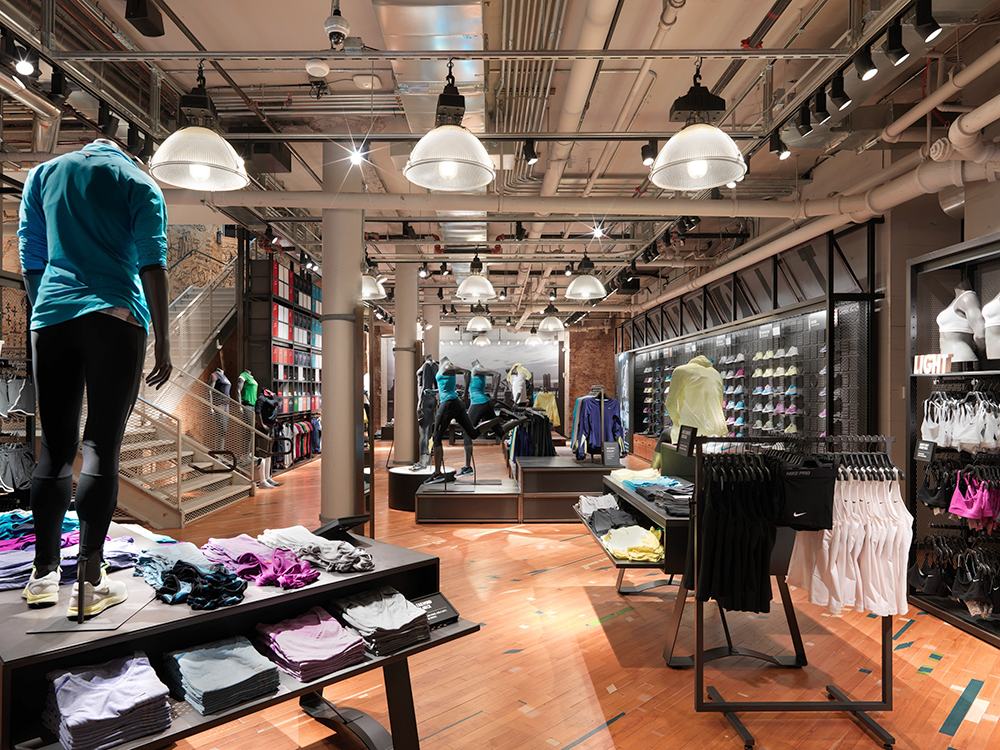
Electronics might steal the limelight when it comes to the theft of high-value goods, but make no mistake, apparel and accessories are the most commonly shoplifted items in Australian retail.
Easy to conceal, and sought after for personal use and re-sale, fashion items are frequently targeted at department stores and specialty fashion retailers alike.
So how and where do you protect fashion items, and what about those accessories that come in all different shapes, values and sizes?
Some sobering stat’s
In Australia apparel specialists rank as the most targeted vertical when it comes to retail theft.
Fashion and accessory theft results in a loss of 1.74 per cent of all sales, with mass merchants and hypermarkets a distant second at 1.51 per cent loss.
In contrast to all verticals, shoplifting is by far the most prevalent form of loss in apparel.
Across all verticals shoplifting only accounts for 51 per cent of loss, dishonest employees contribute 22 per cent, administration error adds 18 per cent, and vendor fraud equates to nine per cent.
In apparel, shoplifting equates to an astounding 67 per cent of loss, administrative error comprises 20 per cent, and employee theft only equals 11 per cent.
The prime fashion targets
When it comes to which items are most commonly stolen in Australian apparel, denim takes prime position, followed in descending order by handbags, fashion accessories, then lingerie, and footwear.
So, as a retailer, how do you protect each category?
Protecting apparel and accessories
By far the most prevalent and effective way of preventing apparel theft is by using Electronic Article Surveillance comprising antenna, hard security tags, and labels.
Meanwhile, there are specific attachment methods and even purpose-designed tags to accommodate a number of frequently stolen apparel items.
Denim and general apparel
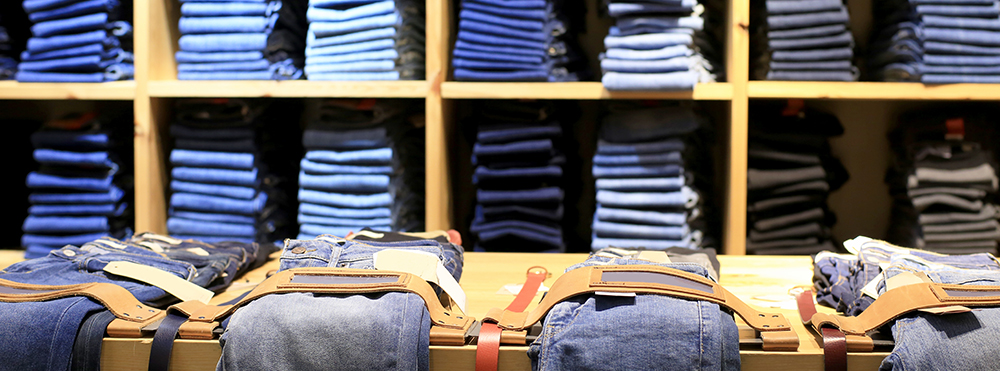
Denim and general apparel is best protected using hard security tags. As a high-value and popular item, denim should have fashion security tags affixed in a position that does not interfere with the look or customer experience of the product and allows the tag to be easily removed at the point of sale.
Top tips:
- Opt for Superlock tags as a minimum with any magnetic strength beyond that (like Hyperlock or Multipolar) offering additional security
- Tags with a large pinhead are preferred because the tag cannot be forced through the merchandise without damaging it and rendering it useless
- Consider adding benefit denial strategies like ink-dye tags for increased security
Handbags
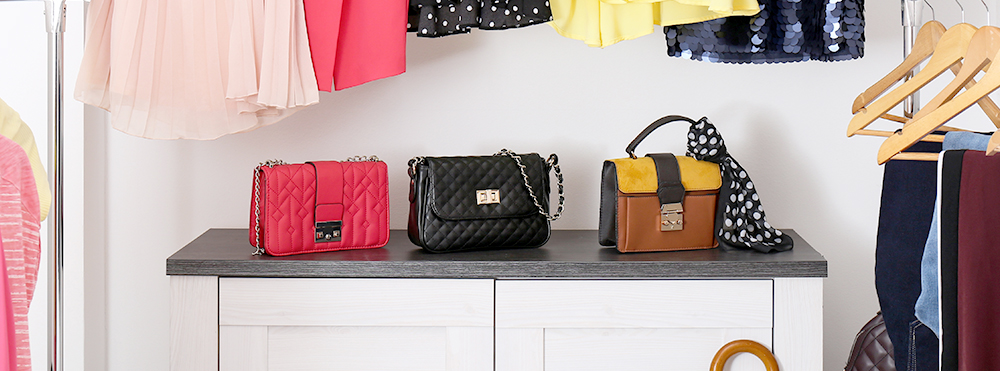
Handbags are also best protected using hard tags, but the way they are affixed to the product differs depending on the materials involved.
Fabric handbags can be protected using a fashion tag where the pin goes through the product, but in the case of leather or hard handbags, tags should be affixed using a lanyard or cable.
Top tips:
- For additional security consider magnet-resistant tags
- Very high value or designer handbags can also be protected in locked glass cabinets
Fashion accessories
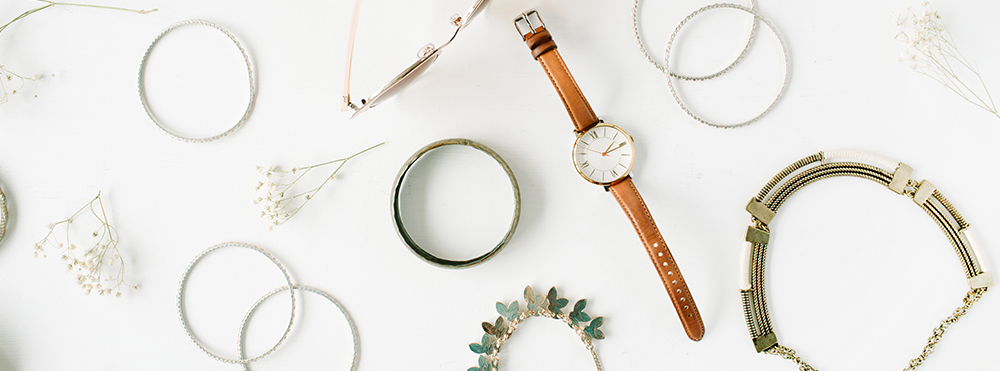
The method of protecting fashion accessories varies depending on the value and type of product involved.Low-value, high volume products like discount jewellery, hair accessories and boxed items can be protected using labels, while high-value items like sunglasses should be protected with purpose-designed optical tags that lock onto the product.Top tips:
-
-
- Position small high-volume accessories near the point of sale
-
-
-
- For large displays of high-value sunglasses and jewellery, locked lass cabinets are also a viable option
-
Lingerie and intimate apparel
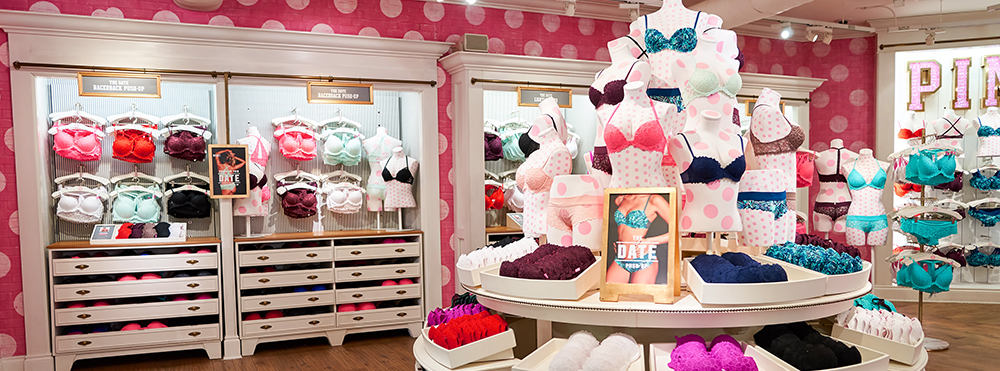
Due to its sheer fabrics and small nature, lingerie and intimate apparel can be challenging to protect. In this instance, hard tags remain the most popular option but are slightly smaller than a retailer might use on products like denim. Top tips:
- Position tags in a place where they do not interfere with the customer experience such as the side seam of briefs or the straps of bras
- Opt for Superlock as a minimum strength
- Consider magnet-resistant tags
- Consider the type of pin shaft you employ. Smooth may be better as it will not damage fine fabrics.
- Opt for round shaped tags or crocodile tags which are harder to prise apart
Footwear
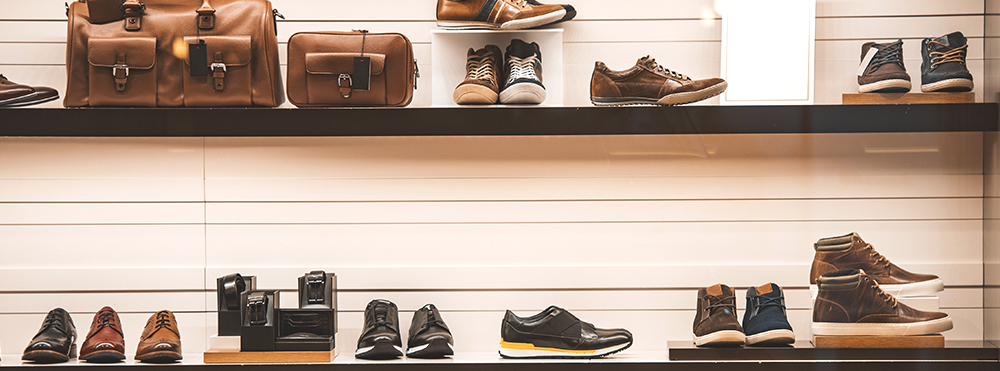
Although it ranks lower on the list of the most-targeted apparel items in Australia, globally footwear is the number one stolen fashion item.Protecting footwear also involves the use of hard tags, but the way in which they are attached varies depending on the materials used in the product.Hard tags with pins are suitable for shoes made of fabric, like sneakers, while leather shoes are better protected using tags with lanyards or cables so the pin does not have to go through the product.In discount shoe stores, labels may be employed as an alternative to hard tags.Top tips:
-
-
- Lanyards offer a seamless lock while still providing state-of-the art security
-
-
-
- Small accessory lock tags offer a neat finish that does not interfere with the customer experience
-
Don’t forget the fittingroom
It comes as no surprise that the fittingroom is a prime pace for apparel theft to occur. That means, in addition to employing EAS at the store entryway, retailers should consider new innovations like the Fitting Room Guard.
This technology allows retailers to be notified when tags are being tampered with, while still maintaining customer privacy, and should be a particular priority in retail outlets where denim or lingerie are sold.
You can learn more about the EAS solutions available for apparel retailers here.